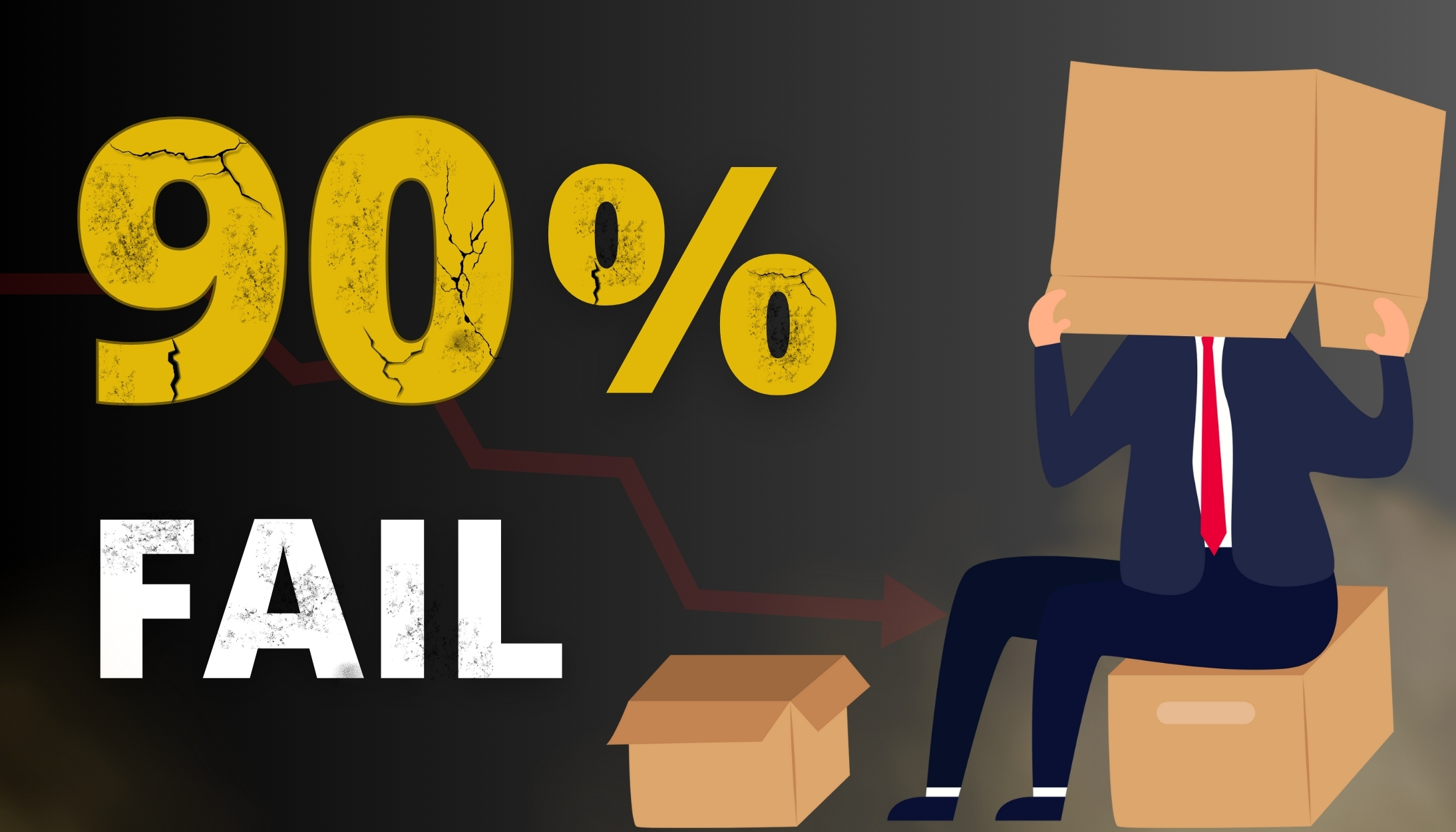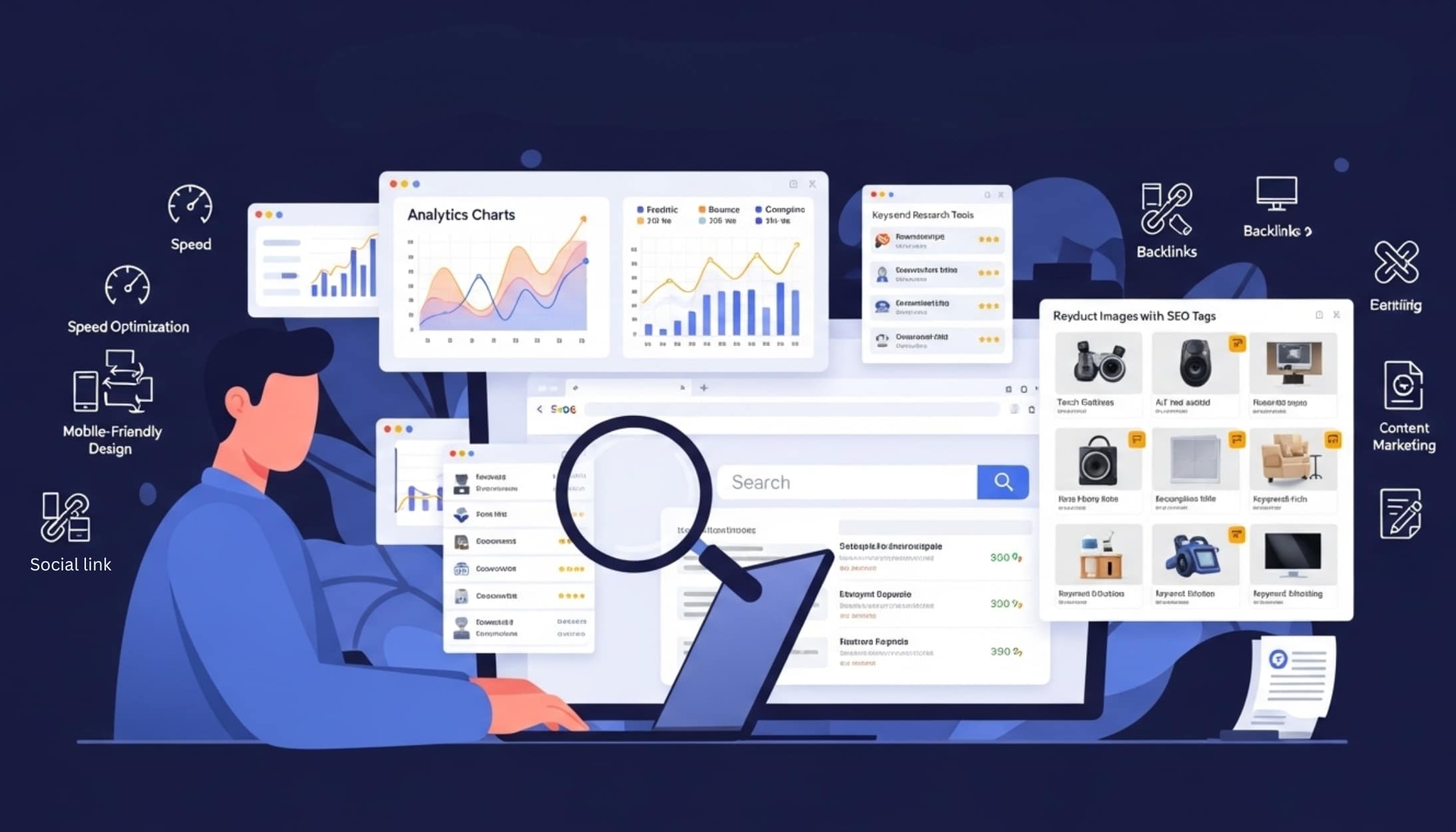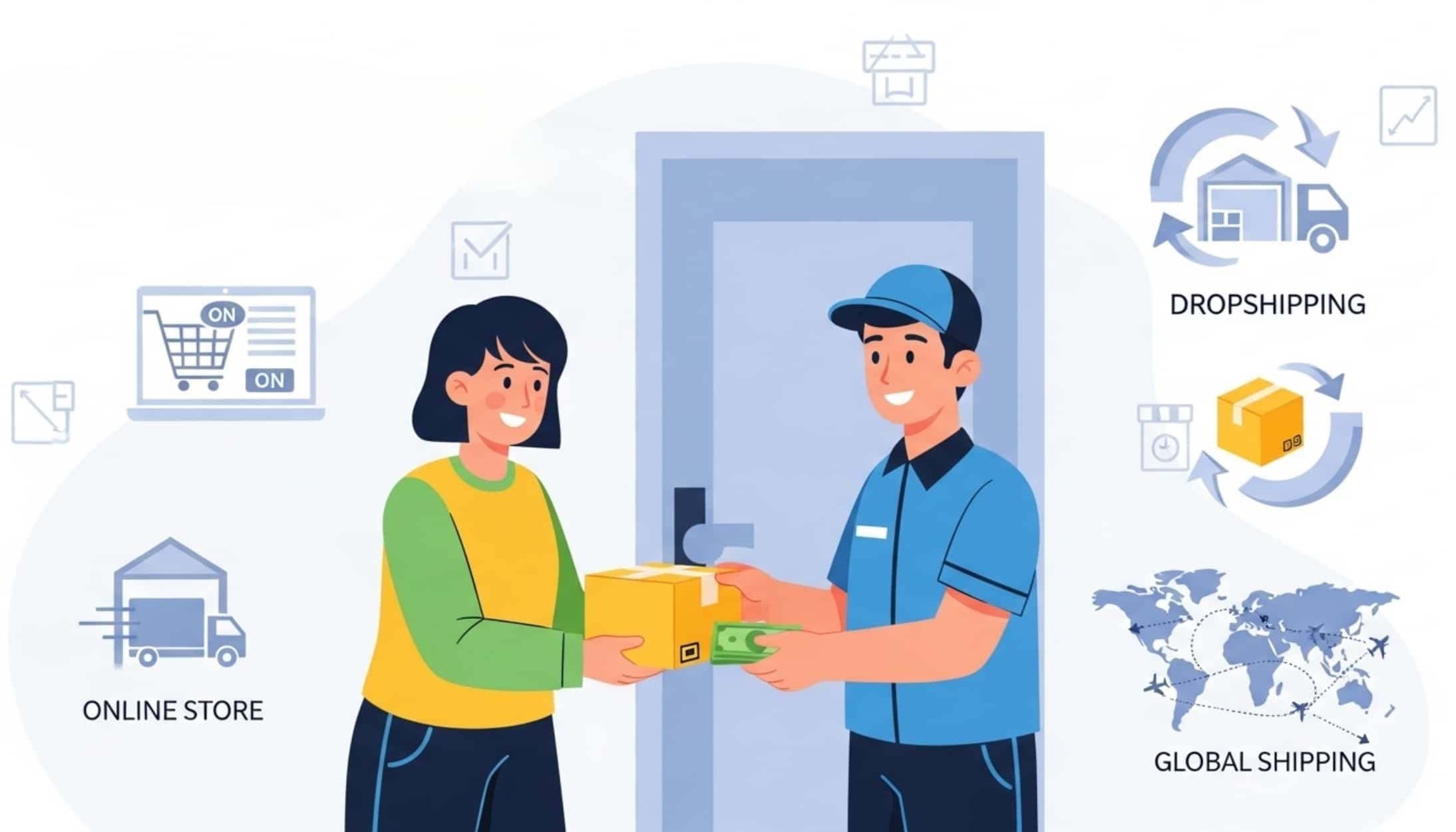Table Of Content
Introduction
Why most dropshippers fail is something you’ve probably wondered about—especially if you’re thinking of starting a dropshipping business. At first glance, it feels like the perfect setup: no inventory to manage, low startup costs, and the freedom to work from anywhere. Sounds amazing, right? But here’s the thing—it’s not always as easy as it seems. A lot of people jump into dropshipping expecting quick success, only to hit unexpected challenges that throw them off course.
So, why does this happen? Usually, it’s because of simple mistakes that could have been avoided. Don’t worry, though! In this blog, we’ll walk you through the top 12 reasons most dropshippers fail and give you tips to steer clear of those pitfalls. Let’s check out!
Why Most Dropshippers Fail
1. Choosing the Wrong Niche
Let’s face it—picking the right niche is EVERYTHING in dropshipping. If you choose a niche that’s oversaturated or, worse, has no demand, you’re setting yourself up for failure. For example, selling generic phone cases might seem like a good idea, but with so much competition, how will you stand out? So, before starting up your business do proper research on your niche and provide your customers something which is unique- How to Avoid: Start by choosing a niche you’re genuinely interested in. Are you passionate about fitness, eco-friendly products, or pets? Great—now validate that niche with tools like Google Trends or SEMrush. Look for products with consistent demand and low competition. The more specific and unique your niche, the better your chances of success.
2. Poor Product Selection
Here’s the truth: not every product is a winner. Selling low-quality items or products nobody wants will only hurt your reputation. Imagine a customer receiving a flimsy product that breaks within days. They won’t just ask for a refund—they’ll leave a scathing review that scares off other potential buyers.- How to Avoid: Always test your products before selling them. Look for suppliers with excellent reviews and a track record of delivering high-quality items. Focus on products that solve a problem or bring real value to customers. The goal is to make them say, “Wow, I NEED this!”
3. Overestimating Profit Margins
Many dropshippers look at the price difference between what they charge and what they pay the supplier and think, “This is my profit!” But they forget to account for ad costs, payment processing fees, and shipping expenses. Before they know it, they’re barely breaking even—or worse, losing money.- How to Avoid: Break out the calculator and do some math. Include all your costs—advertising, transaction fees, and even returns—when determining your pricing. Use upselling and bundling strategies to increase your Average Order Value (AOV). A small margin on a high-volume product is fine, but know your numbers before scaling.
4. Ignoring Customer Service
Imagine a customer has an issue and sends you an email—but you don’t respond for days. What happens next? They leave a bad review, warn their friends, and possibly file a dispute. Poor customer service can ruin your reputation faster than anything else.- How to Avoid: Invest in tools like Tidio or Zendesk to streamline your customer support. Be responsive, empathetic, and solution-oriented. Even if the issue isn’t your fault, a quick, polite response can turn an unhappy customer into a loyal one.
5. Unrealistic Expectations
One of the biggest mistakes in dropshipping is expecting instant success. It’s easy to see flashy social media posts about people making six figures overnight and think, “I can do that too.” But the truth is, dropshipping is a business like any other—it takes time, effort, and learning from mistakes.- How to Avoid: Start with realistic goals. Instead of aiming to make $10,000 in your first month, focus on manageable milestones, like getting your first 10 orders or breaking even on your ad spend. Celebrate small wins, stay consistent, and understand that building a sustainable business takes time. Patience is the name of the game.
6. Weak Marketing Strategies
Even if you have the best product out there, it won’t sell if people don’t know about it. Marketing is the bridge between your store and your customers. Many dropshippers either don’t market effectively or waste money on ads without a clear plan.- How to Avoid: Understand your target audience first. Who are they? Where do they hang out online? Use platforms like Facebook, Instagram, and TikTok to connect with them. If you’re not ready for paid ads, explore organic methods like posting trending TikTok videos or partnering with micro-influencers. The key is to track your results—if something isn’t working, adjust and try again. Marketing isn’t a one-size-fits-all process; it’s about finding what clicks with your audience.
7. Poor Website Design
Imagine visiting a website that looks outdated, is hard to navigate, or doesn’t feel trustworthy. Would you shop there? Probably not. Your website is your storefront, and first impressions matter more than ever in eCommerce.- How to Avoid: Keep your store simple, clean, and professional. Use easy-to-navigate themes and ensure your website is mobile-friendly since most people shop on their phones. Add trust signals like customer reviews, secure payment badges, and a clear return policy. The easier it is for customers to browse and trust your site, the more likely they are to buy.
8. High Shipping Times
We live in an era of instant gratification. If your shipping takes weeks, customers will quickly lose interest or leave negative reviews. Long delivery times are one of the biggest pain points in dropshipping.- How to Avoid:Work with suppliers who offer faster shipping options, even if it costs a bit more. Be upfront with customers about delivery times on your website to manage expectations. If possible, look for local suppliers or warehouses closer to your target audience to speed things up. Customers value transparency and reliability, so always aim to deliver on your promises.
9. Lack of Branding
Dropshipping stores often look alike, and that’s a problem. If your store doesn’t have a unique identity, it’s harder to stand out in a crowded market. Customers want to connect with brands that feel authentic and memorable.- How to Avoid: Focus on building a brand, not just selling products. Create a logo, choose consistent colors, and develop a tone of voice that resonates with your audience. Share your story—why did you start this business? Personal touches like these help customers relate to you and build trust. Branding isn’t just about aesthetics; it’s about making your store feel human and relatable.
10. Overlooking Analytics
Running a dropshipping business without checking your numbers is like flying blind. Metrics like conversion rates, cart abandonment, and ad performance tell you what’s working and what needs improvement. Without these insights, you’re just guessing.- How to Avoid: Use tools like Google Analytics or Shopify reports to keep an eye on your metrics. Look at things like how many people visit your site, how many actually buy something, and what ads are driving traffic. Regularly checking analytics helps you refine your strategies and focus on what’s bringing real results. Numbers may seem intimidating, but they’re your best friend when it comes to growth.
11. Not Testing Ads and Products
Launching ads or adding products without testing is a recipe for wasted money and frustration. Dropshipping involves trial and error, and testing is a crucial part of finding what works.- How to Avoid: Start small. Test ads with different images, headlines, or audiences to see what clicks. For products, order samples or start with small quantities to gauge demand. Testing may feel tedious, but it saves you from investing heavily in something that doesn’t work. It’s all about minimizing risks and maximizing your chances of success.
12. Giving Up Too Soon
Dropshipping isn’t an overnight success story. It’s easy to feel discouraged after a few failed campaigns or slow weeks. But the truth is, every successful dropshipper faced challenges—they just didn’t quit.- How to Avoid: Stay patient and persistent. Instead of viewing mistakes as failures, treat them as lessons. Revisit your strategies, tweak what’s not working, and keep moving forward. Success in dropshipping comes to those who stick with it. Remember, consistency beats quick wins every time.



 Free dropshipping
Free dropshipping



